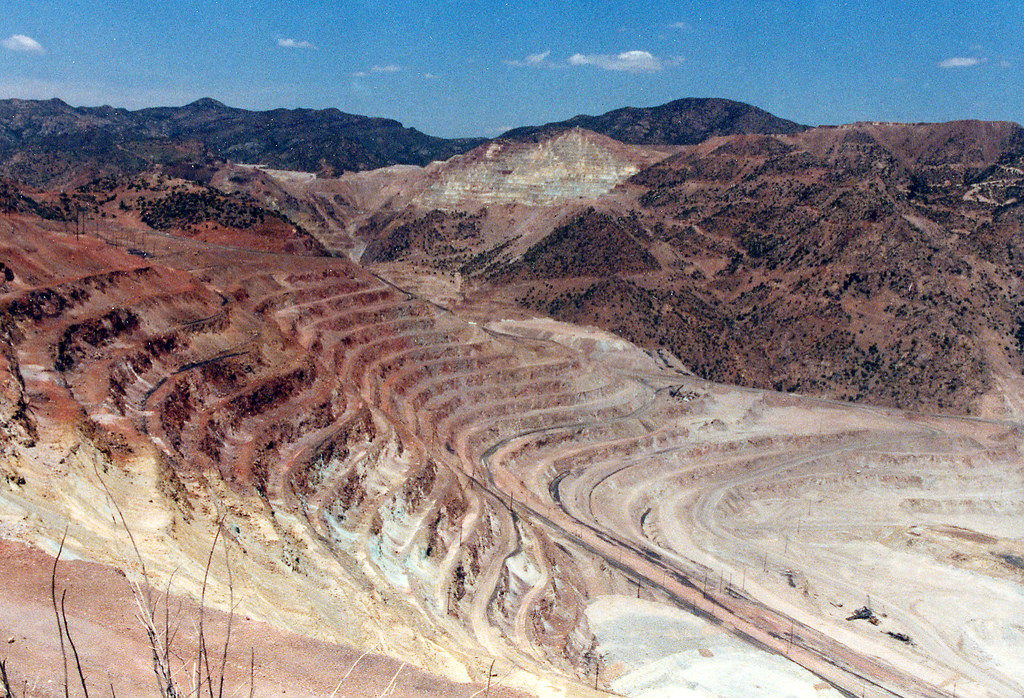De prijs van goud moet wel stijgen, gezien mijnbouwexploratie in het slop zit en er niet genoeg nieuwe ontdekkingen worden gedaan om de globale reserves aan te vullen, aldus Stephen Letwin, CEO bij Corp Iamgold.
Letwin: “Gold has a much higher probability of moving north as opposed to south. I’ve been around a long time; when you’re in an industry that’s not replacing what it produces, eventually, the price has to move up”
Maar Letwin is zeker niet alleen. Vorig jaar schatte de World Gold Council (WGC) dat de goudproductie in 2017 een piek had bereikt.
WGC: “… [global] annual mine production of 3,268.7t – fractionally higher compared to 2016 – and the highest annual total in our records”
Ook de mijnbouwindustrie zelf geeft al enige tijd uiting aan het idee dat de goudproductie haar hoogtepunt heeft bereikt of daar al overheen is.
Ivan Bebek, uitvoerend directeur bij Auryn Resources: “I feel like we’re in an 2005-06 era with an initial comeback for the juniors. But growth is becoming a challenge for exploration companies”
CEO van Wheaton Precious Metals Randy Smallwood herhaalde een vergelijkbare visie. Hij heeft het over geologische inflatie. Waar zeker zilver al last van heeft.
Smallwood: “I use a phrase called geological inflation – it’s getting tougher to find ore bodies and there’s not as much effort being put into it. We can see already in silver production, where we’ve truly reached a peak. Gold is right around that stage too”
Ook Frank Holmes, CEO bij U.S. Global Investors Inc, gaf deze week aan dat de goudmijnbouwproductie in 2017 topte, of in ieder geval dat dit jaar zal doen.
In combinatie met een te lage inflatie en een sterke vraag uit China en India zou dit de prijzen tegen het einde van het jaar op kunnen drijven van zo’n 1.325 dollar nu naar 1.500 dollar per ounce, aldus Holmes.
Foto: Flickr
[xyz-ihs snippet=”monsterbox”]

